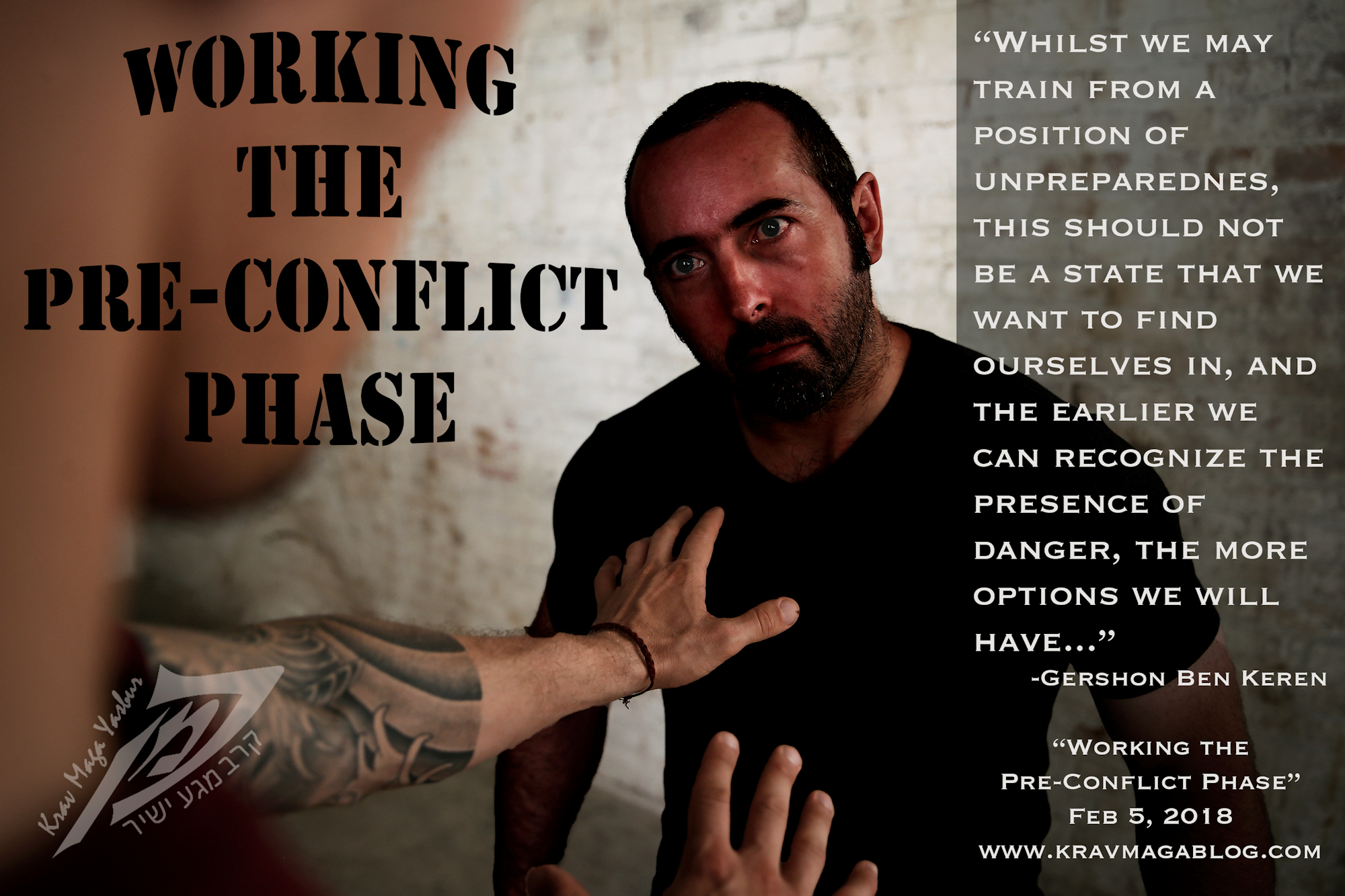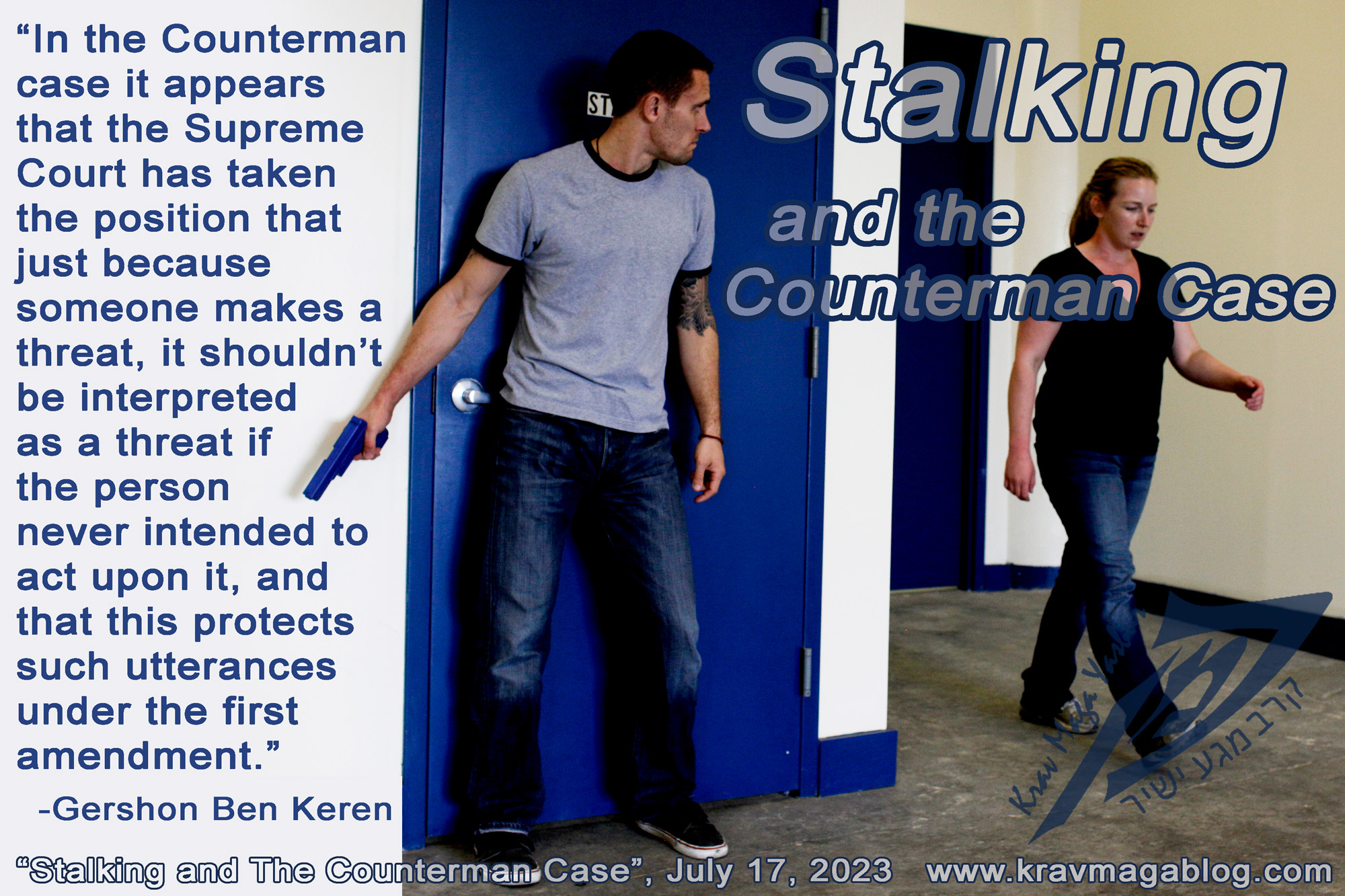Active Killers & Suicidal Ideation, is an article written by Gershon Ben Keren, a 5th Degree Black Belt in Krav Maga, who teaches Krav Maga in Boston, MA. He has also authored three Amazon best-Selling Books on Krav Maga.
In the past week there have been three significant active shooter/killer incidents in the US: three people were killed and fifteen injured at the Gilroy Garlic Festival in California, a few days later twenty people were killed and more than two dozen injured at an El Paso shopping center in Texas (one of the top five worst shootings in US history), and then less than 20 hours later, a shooter left nine dead, and twenty six injured after a shooting spree in Dayton, Ohio. The suspected shooter at the Garlic Festival died of a self-inflicted gunshot wound, and the Dayton, Ohio spree-killer, was shot dead by Law Enforcement Officers – who responded to the incident in less than a minute; enough time for the shooter to kill nine people and seriously injure over two dozen more (active shooters/killers have become far more efficient at killing over time). To be able to predict, prevent and deal with any form of violence, we need to understand it as fully as possible, and this includes active killer incidents – regardless of the weapon used, whether it’s a gun, knife or a vehicle etc. One common thread that runs throughout many active killer incidents is that of suicidal ideation. Although it’s too early to draw too many conclusions regarding the motives of the killers in these recent three incidents, it appears that the El Paso killer (who surrendered to law-enforcement) had written a manifesto, and the statistics show that those shooters who are motivated by political-terrorist goals, are the least likely of all active killers to commit suicide and/or be in control of their suicide. In this article, I want to look at the role suicidal ideation plays in active killer incidents.
There is a common misconception that the sole motivation(s) behind suicide is extreme depression, hopelessness and isolation. Whilst this is generally true, intense anger and frustration, may also be present, however we tend to overlook these components. Suppressed and internalized anger can lead to other destructive emotions and can be the cause of depression as a result of feelings of failure and inadequacy i.e. it is the anger, which causes the depression, and hopelessness, which in turn results in self-isolation. A 2007 study by DiGiuseppe and Tafrate, found that adolescents who internalized their anger were more likely to self-harm and attempt to commit suicide than those who externalized it. There are basically three ways we deal with anger: we can manifest it, we can suppress it, and/or we can manage it. Often, we will use a mixture of all three e.g. we might explode in a rage (manifest our anger), attempt to calm ourselves down (manage our anger), and then try to come to terms with whatever injustice we were subjected to; sometimes we’re able to be philosophical about this, and other times we just try to forget it to varying degrees of success i.e. we simply suppress our anger. It may be that our self-directed anger is the result of shame. That is, we are angry at ourselves due to the way others perceive us; and even more angry at ourselves for not being able to change that perception; something that can in turn lead to frustration and depression – the shooter responsible for the 2014 Isla Vista killings, explained in a Youtube video, that he wanted to punish women for rejecting him sexually, etc. If such anger is not dealt with but just left simmering under the surface, it can eat away at our sense of self-esteem and affect the way that we see both ourselves and others. For some people killing both themselves and those they see as responsible in some way for their situation, may be one way that they believe they can rectify and rebalance this sense of injustice and inadequacy.
There is a danger in talking about all active killers as being the same or motivated by the same things e.g. people will often talk about school shootings and workplace shootings in the same breath, as if they are ostensibly the same thing – a person with a weapon killing others – without considering how different and separate these types of event are. One obvious difference being that of age, as most workplace killings are committed by middle-aged men, who are experiencing very different types of frustrations to their younger counterparts. Around half of all mass killers in educational settings leave some form of suicide note whether it’s a letter or a video, etc. In workplace incidents, only 11% do so. This is not because such killers aren’t intending to kill themselves, as out of all the different active killer groups, whether terrorists, rampage killers, or school shooters, they are the most likely to do so and the most likely to be successful at doing so. What this likely indicates is that their decision to go on the killing spree is more impulsive, and is more likely to be influenced by a triggering event, such as the failure to get a promotion, or some disciplinary procedure. It is also worth noting that workplace shootings generally have lower casualty rates than rampage and educational mass killings, suggesting a shorter and more targeted killing spree; and perhaps the need of the shooter to end their life more quickly.
If we are to reduce or end mass killings, we will need to understand what motivates the killers – including their motivation and desire not to just kill others, but themselves as well, as in many cases in these types of mass killings, the two are inextricably linked. We tend to think that depression leads to inaction, however where extreme anger is the cause this may not be the case, and it may result in something deadly. By understanding and recognizing the language and actions of suicide, and coupling it with the language and actions of active killers e.g. the admiration for other shooters (something the El Paso shooter expressed, concerning the New Zealand Mosque shooter), the fetishizing of weapons, and the vocalization of violent intent, etc., we may have a better idea, when somebody is fantasizing about, planning, and preparing for a mass killing.
0 COMMENTS
















